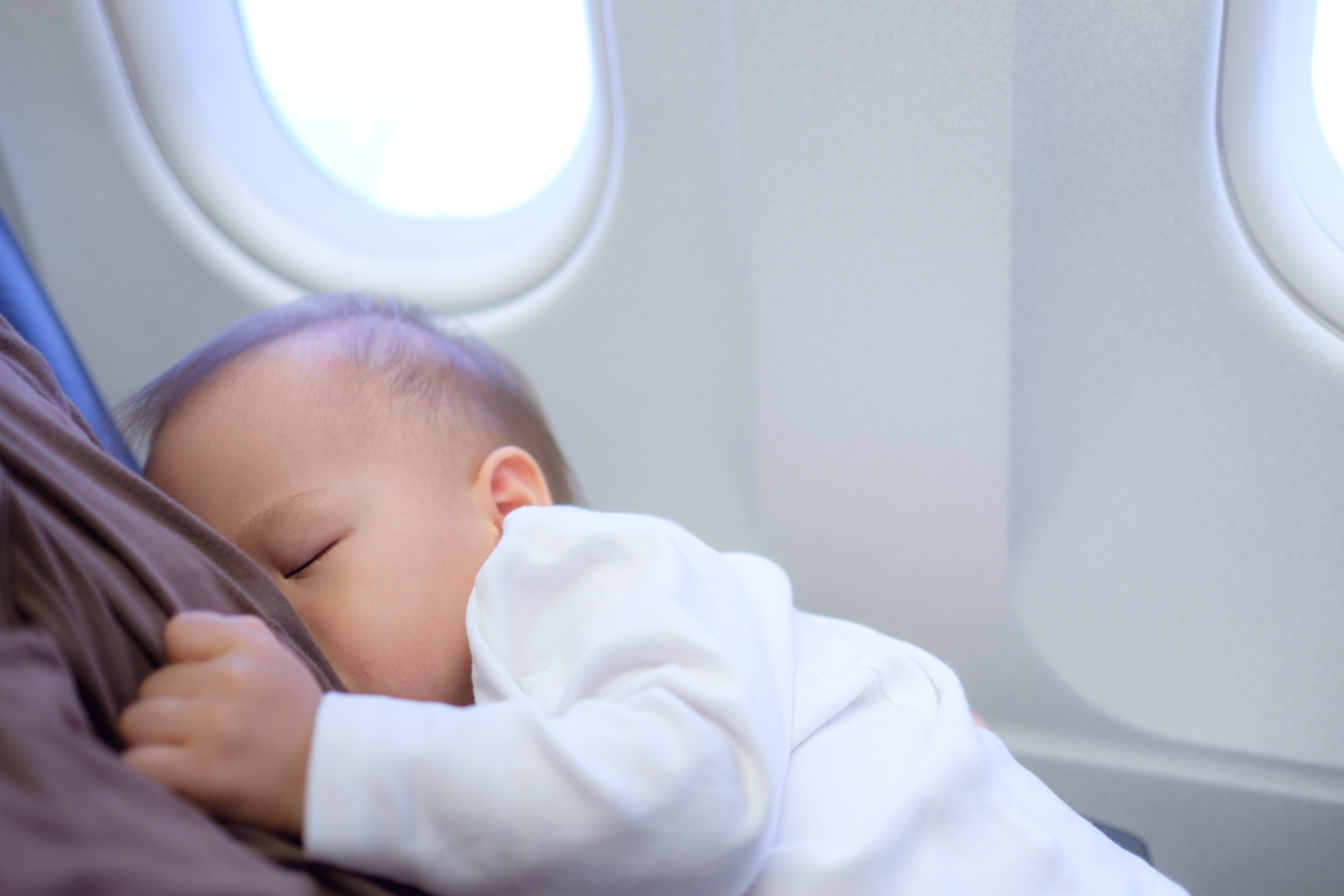Cleaning Hacks for Breast Pump Parts
For breastfeeding parents who pump several times a day, washing pump parts and bottles after every session can feel like a legit part-time job. And how meticulous do you need to be? According to CDC guidelines, gold-standard cleaning requires a dedicated basin or a dishwasher. If your baby is in any way immunocompromised, you should follow these best practices every time.
But if you have a full-term, healthy baby, you probably don’t need to carry a basin on your back. You’ll be fine with good enough (or better) cleaning, says Dr. Eve Wexler, M.D., IBCLC, a pediatrician and lactation consultant based in Atlanta, Georgia. “If your baby is in daycare, they’re already exposed to so many germs!” says Dr. Wexler. “Plus, your boobs aren’t sterile.”
Consider this your go-to guide for good, better, and best pump-parts washing.
Good process for cleaning breast pump parts
Even without running water or a fridge, you can still do a good job of making sure everything is clean, says Dr. Wexler.
Between pump sessions, wipe off any breast milk using a sanitizing spray or wipes especially made for cleaning pump parts. (Medela has a line of cleaning accessories made specifically for pumping.)
If you know in advance you’ll be somewhere without water, wipes, or a cleaning spray, pack extra sets of flanges and valves so you can use a fresh set for each pump sesh. (Most pump companies have a starter pack or spare parts for under $50.)
Collect the dirty pump parts in a bag until you have access to water. Then wash everything thoroughly with hot, soapy water (we like Seventh Generation’s liquid dish soap) and let air dry completely on a clean paper towel. (Both the CDC and the FDA warn against using cloth towels to dry pump parts because they transfer germs.)
Better process for cleaning breast pump parts & storing in a refrigerator
Many parents ask if they can store their pump parts in the fridge. Dr. Wexler has the answer for you - Easy access to water and cold storage makes life a lot easier for pumping moms. “Think of your milk and pump parts as you would any other kind of food product. Most bacteria can’t grow at refrigerator temperature.” Below are some additional tips for storing your breast pumps in the fridge.
If you have access to running water, rinse off your pump parts (milk build-up can reduce the effectiveness of your pump).
When you don’t have time to clean your pump parts in between pump sessions, place your pump parts—rinsed or not—in a large resealable zip-top plastic bag and stash in the refrigerator (along with your pumped breast milk), or in a cooler filled with ice or gel packs until your next pump session.
At the end of the day, wash pump parts in hot soapy water with a bottle brush. Then let everything air dry on clean paper towels.
The best process for cleaning pump parts
If your baby is in the NICU or otherwise immunocompromised, it’s important to follow the CDC guidelines for breast pump hygiene.
Wash your hands with soap and water for at least 20 seconds before you touch your breasts, pump, or pump parts.
Wash all your pump parts in a separate basin—not a sink!—with soap and hot water. (Sinks are notoriously dirty.) Scrub pump parts with a bottle brush dedicated to cleaning only pump parts and bottles and rinse in running water or in another separate basin. Let the pump parts and bottle brush air dry completely on a clean paper towel in a dust-free environment.
Another option is to use a dishwasher with hot water and a heated drying cycle to clean your pump parts. A separate sanitizing step for pump parts isn’t necessary, according to Dr. Wexler. “Just clean them! The dishwasher is great because it’s easy.”
Extra, extra!
If you do want to sanitize your pump parts at the end of the day, use a quick microwavable steam bag. (Medela’s Quick Clean Micro-Steam bags disinfect in three minutes and can be used up to 20 times.)
*Note: For specific information on cleaning your pump, consult the instruction manual for the manufacturer’s recommendations.
Mamava designs solutions to empower breastfeeding and pumping parents on the go, like our freestanding lactation pods, Mamava’s lactation space locator app, and other helpful resources.
More parent resources
























